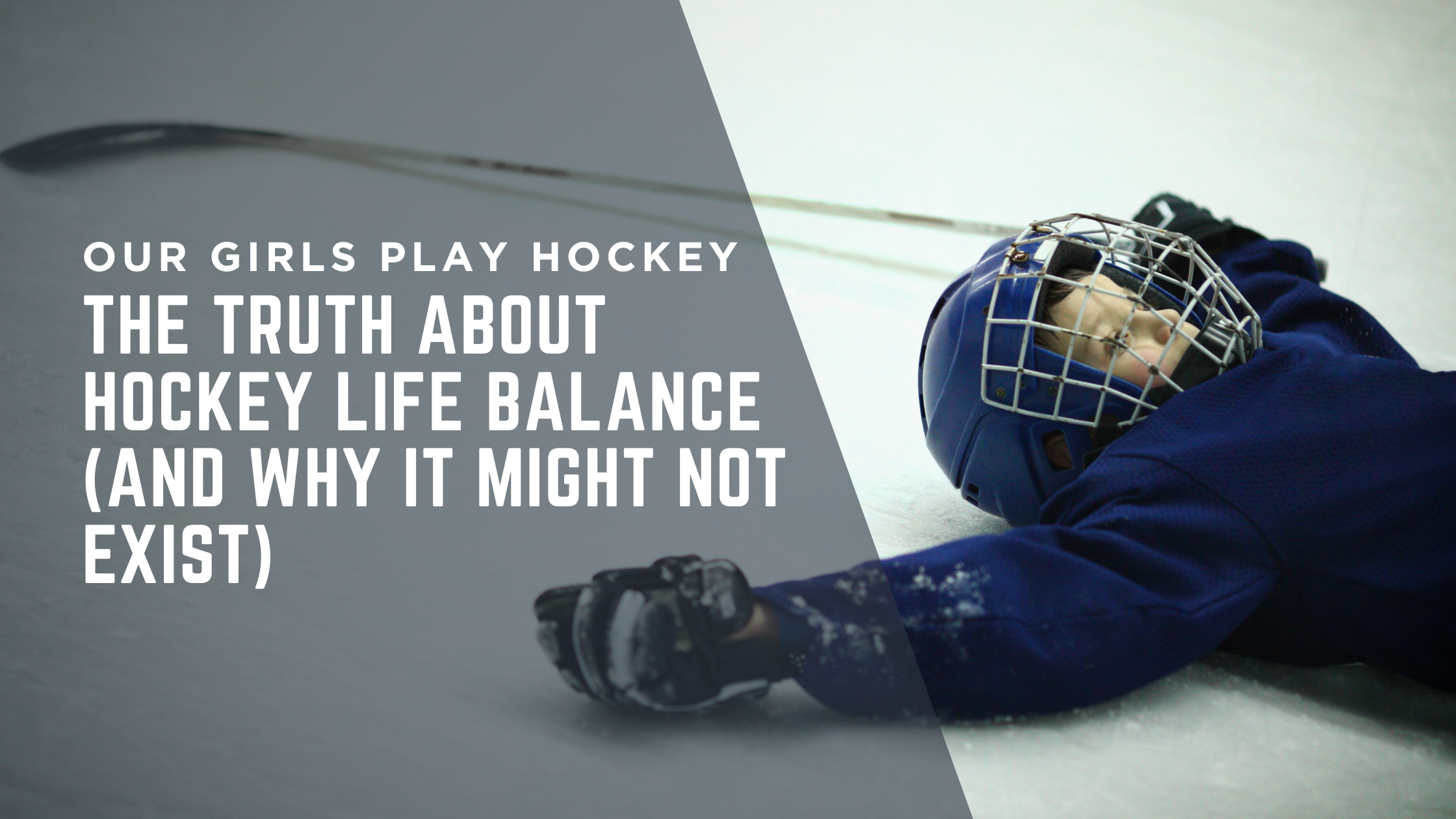The Truth About Hockey Life Balance (and Why It Might Not Exist)

Hockey Life Balance: What It Really Means for Young Athletes
Finding balance between hockey, school, family, and personal life is one of the toughest challenges young athletes face. But is true balance even possible—or is it really about priorities?
That’s the big question we tackled in a recent episode of Our Girls Play Hockey with Hailey Scamurra, a PW12 star, Olympian, and one of the most respected voices in the women’s game. Her perspective as both a player and a person who lived the grind sheds light on what “balance” really looks like in the hockey world.
The Myth of Balance vs. The Reality of Priorities
Many parents and players imagine balance as a perfect split between hockey, school, social life, and downtime. But Hailey argues that’s not realistic—especially for young athletes chasing big goals.
Instead, it’s about priority balance. Hockey may demand more time, but that doesn’t mean family, school, or rest disappear. It means understanding what matters most in different seasons of life and giving those areas the focus they need.
Lessons from Hailey’s Journey
Hailey’s youth schedule was packed: school from 8–3, then off to practices, travel, or games. Free time was scarce, and hobbies outside of sports didn’t always fit. Looking back, she wishes she had embraced more downtime—not to quit hockey, but to recharge and build balance in different ways.
Some takeaways from her story:
-
Downtime matters. Rest isn’t laziness—it’s recovery and growth.
-
Parents can’t create drive. They can guide and support, but the athlete must want it.
-
Warning signs are real. Injuries, illness, or constant irritability can signal burnout.
-
Habits build success. Small routines, like shooting pucks after practice, create lifelong discipline.
The Unique Challenges for Girls in Hockey
Hailey also opened up about something rarely discussed in rinks: puberty. Hormonal changes, cramps, and emotional swings can be real barriers for young female athletes—and male coaches may not even realize what their players are going through.
Creating an environment of trust and open communication is key. Sometimes that means parents stepping in to help bridge the conversation with coaches. Most importantly, it means acknowledging these challenges instead of ignoring them.
Preparing for the Next Level
One surprising twist in Hailey’s story: college actually felt easier than high school. Why? Because the time management skills she built while juggling intense schedules gave her an edge. For families dreaming of prep schools, NCAA, or beyond, this reminder is huge—habits formed early make the higher levels more manageable.
And no matter what path players take—Division I, Division III, ACHA, or stepping away from the game—success looks different for everyone.
Final Thoughts: Redefining “Balance”
Balance in hockey isn’t about having equal time for everything. It’s about knowing your priorities, watching for warning signs, and giving athletes the freedom to explore what they want from the sport.
As Hailey’s story proves, hockey life balance isn’t a formula—it’s a journey. For parents, coaches, and players, the goal isn’t perfection. It’s finding the rhythm that keeps kids healthy, motivated, and in love with the game.
💡 Want to dive deeper into this conversation? Listen to the full episode of Our Girls Play Hockey with Hailey Scamurra wherever you get your podcasts—and share it with another hockey parent who needs to hear this perspective.


